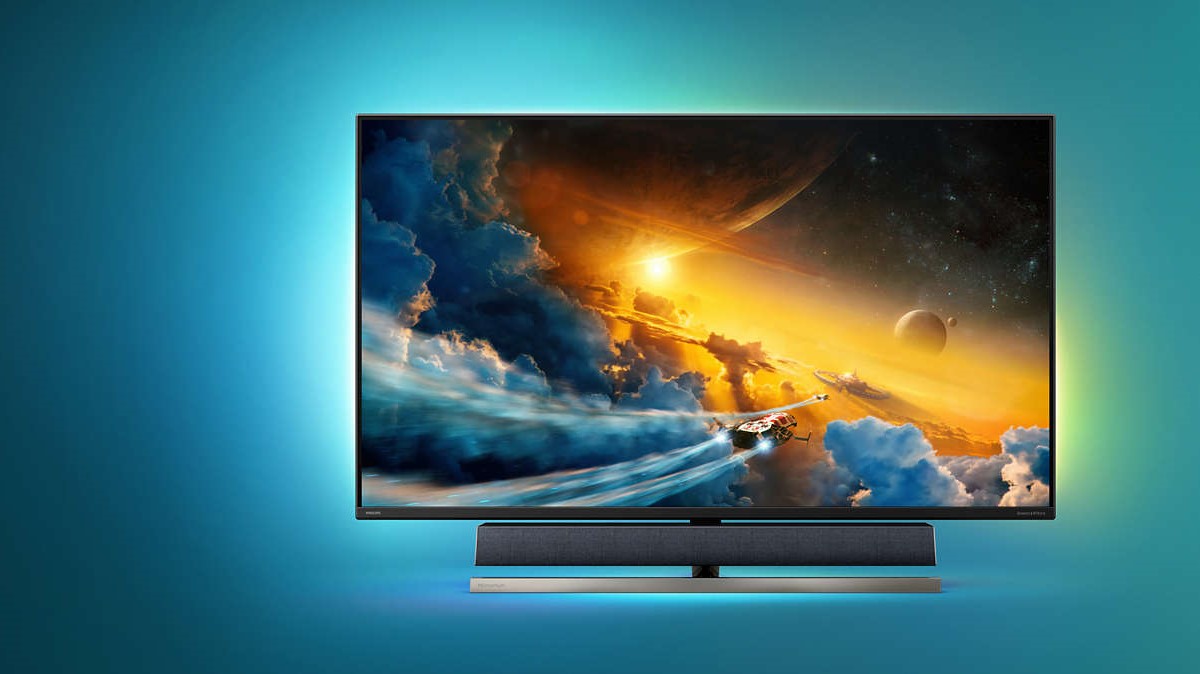Monitors are better for gaming than TVs
Ok, that’s a controversial statement, and there are some caveats to whether this is true for you, but in general, monitors have several big advantages over TVs.
Frame rates
Especially now that the new consoles will support up to 120Hz, frame rates are important, and you need a display capable of maximising their potential (the Xbox One X will push 120Hz, but very few games support it).
More and more TVs can support 120Hz, but they are often prohibitively expensive, and they often lack the advantage of the next main feature we’ve highlighted.
Fast Response and Low Latency
Monitors almost always have faster response rates and much, much lower latency (input lag) than TVs. While monitors are usually in the 10-20ms range for latency, even the best TVs struggle to get close to those figures. For competitive gamers this is important, when milliseconds can make the difference between life or (virtual) death.
FreeSync
Now that consoles take advantage of this feature, it’s become the must-have tech for any enthusiast’s display. FreeSync matches the display’s refresh rate to the console or PCs output. If you’re watching TV this rarely matters, as the frame rate is stable, but when you’re gaming, occasional drops in frame rate can result in dropped frames, choppy images or screen tearing. With FreeSync, this becomes almost unnoticeable, and the result is a super-smooth display.
These two new Philips Momentum monitors are designed for console gamers, and have all of these features and more, so they should certainly be considered if you’re thinking of upgrading to a new screen.
Philips Momentum 55″ 120Hz 4k Monitor – 558M1RY
The largest of the two newly announced displays, the 55″ 4k VA panel comes with a whole host of desirable features.
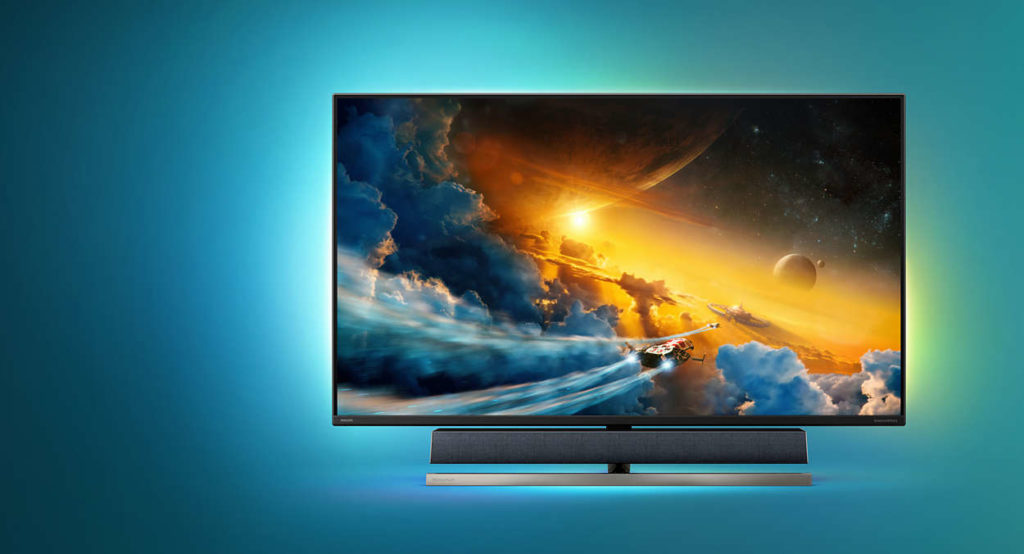
- DisplayHDR 1000 certified
- FreeSync Premium Pro
- 3840×2160 @ 60 Hz
- 2560×1440 @ 120 Hz
- 3840×2160 @ 120 Hz (when connected with DisplayPort)
- 750 cd/m2 SDR / 1200 cd/m2 HDR
- Integrated Bowers & Wilkins Soundbar
This excellent level of brightness, when combined with the native 4000:1 contrast ratio afforded by the VA panel, means images should be stunningly bold and bright. Many monitors utilise HDR 400, which does give the benefits of the wider gamut of colours, but lacks the brightness to truly showcase what HDR is capable of. The HDR 1000 certified panel here should produce superb images, though. FreeSync Premium Pro is designed to give all of the benefits of FreeSync in tandem with support for true HDR brightness, yet still maintaining low input lag.
Another thing often lacking on monitors (and TVs, for that matter) is decent speaker options. On the 55″ Momentum, you get a Bower & Wilkins soundbar built in, that includes subs, mid-range speakers and tweeters.
“Six sound modes to optimise your gaming, viewing or listening experience. Sport and Racing: create a realistic, being-there experience when enjoying sports or racing games. RPG and Adventure: immersive yourself in spacious and atmospheric sound. Shooting and Action: experience punchy, impactful sound for maximum excitement and realism. Movie Watching: enhance movie soundtracks for an immersive, cinematic listening experience. Music: True Sound by Bowers & Wilkins, delivering the performance as the artist intended. Personal: access the EQ menu to adjust the sound to your specific requirements.”
Multiple input compatibility is enhanced with split-screen functionality, allowing you to divide the screen between separate input sources. This is probably of more interest to PC users, as consoles don’t usually have the flexibility to operate at anything other than 16:9 aspect ratios, but if you use a single display for console gaming and productivity, this is still a desirable function, even if many people will never use it.
The package is rounded out with Philips’ Ambiglow backlighting. The processor analyses the image on-screen, and creates a halo of light tailored to match the colour and brightness of the image on the screen. It’s fantastic technology, that once you’ve tried, makes other displays seem somewhat lacklustre in comparison.
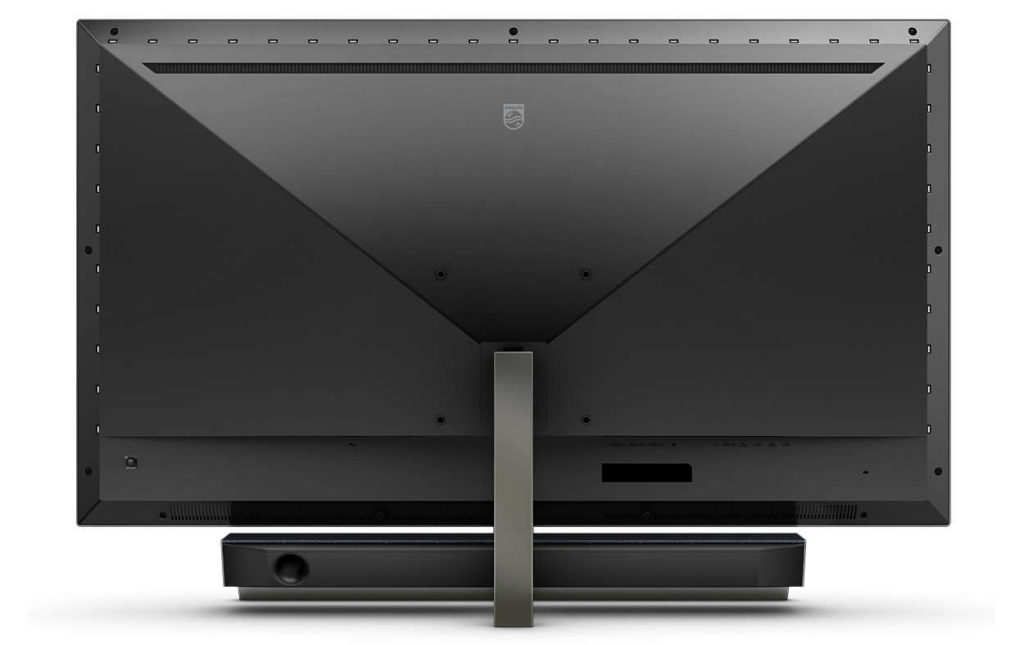
There’s only one niggle I have with this monitor: It is admittedly a little disappointing that HDMI 2.1 support is not available. HDMI 2.1 will be available on next-gen consoles and it allows for 4k at 120 fps. Restricting 4k120 to DisplayPort only seems like a misstep with the Series X and PS5 around the corner. We have reached out to Philips, who have confirmed that an HDMI 2.1 model is incoming in future.
Philips Momentum 27″ 278M1R
The new, more desktop-friendly sized Momentum, is this 4k 27″ IPS display.
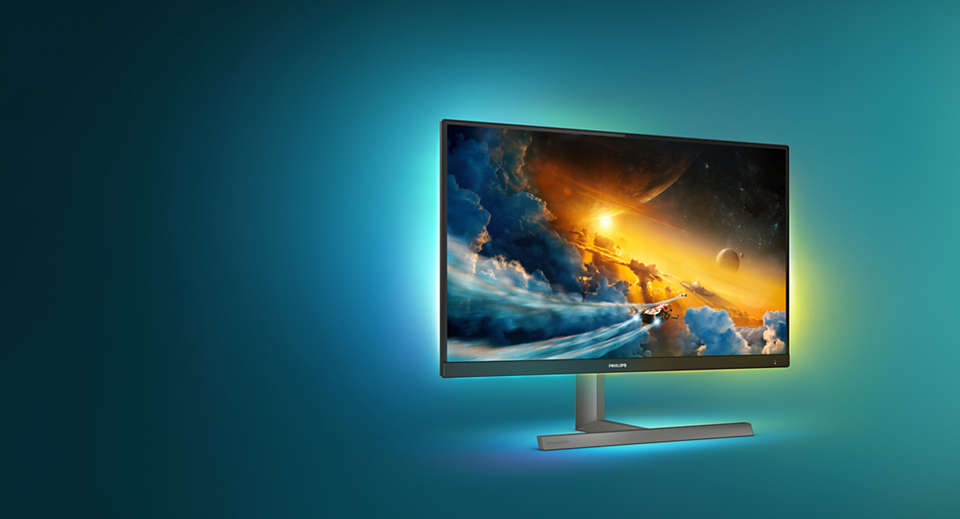
- 3840×2160 @ 60 Hz
- FreeSync
- 350 cd/m2 max brightness (HDR Ready)
- 2 x 5W speakers, DTS audio enhancement
In comparison to the 55″ display, there are a lot of features missing that could have elevated this display above its competitors. This is a monitor aimed at console users, but with the new consoles just months away, it’s lacking the desirable future-proofing you may be looking for.
Let’s start with the positives. The Momentum range still provide beautiful picture quality, supporting a wide-colour gamut and highly accurate colours (105% sRGB, 89% Adobe RGB). Excellent build quality and panel uniformity from Philips monitors means you should never discount them when you search for a new monitor.
There’s a whole host of user-friendly features, too, like multiple USB ports (including an upstream port and 4 downstream ports inc. 2 x fast charge). Ambiglow also makes an appearance on this monitor, upgraded from the previous Momentum. Where it used to only be a discrete down-firing implementation, the new Ambiglow is a four-sided surround to the display, bathing the outside of your monitor in a beautiful, reactive glow.
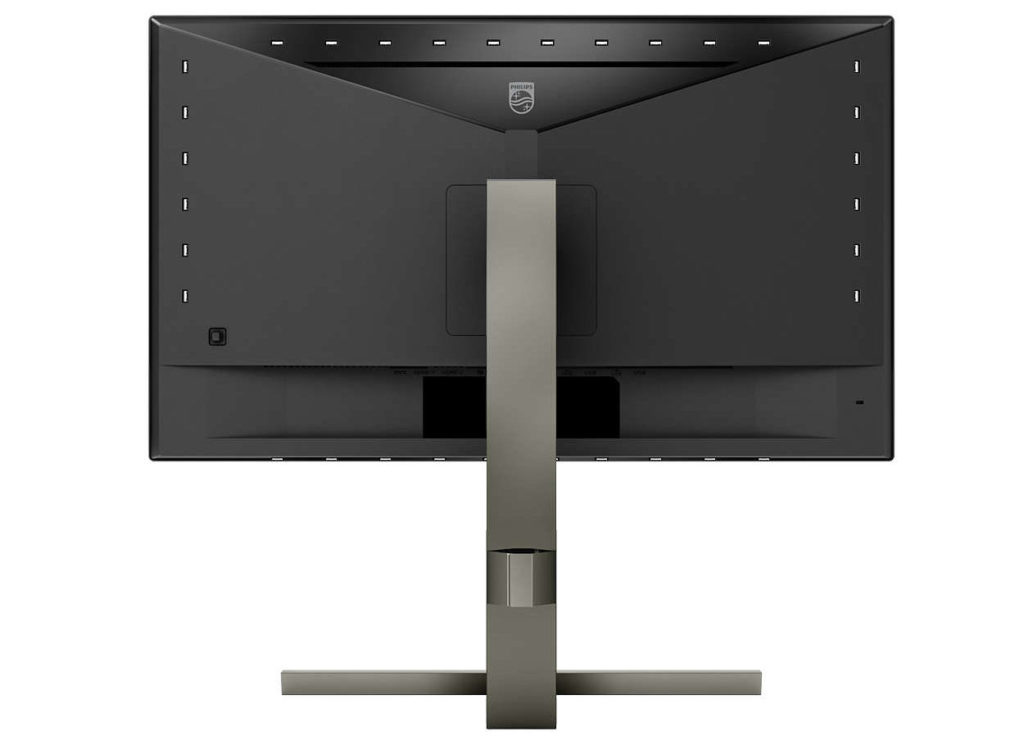
IPS displays provide the best balance between bright, colourful images and super-fast response times. In contrast to VA panels, they may not have the same low light performance, as the VA panels have IPS beat when it comes to black levels, but the speedy response rate is desirable in a gaming monitor.
The included speakers, at only 5w, are unlikely to produce anywhere near the quality of the 55″ panel and its integrated soundbar, but when more and more manufacturers don’t add any speakers whatsoever, they’re useful in a pinch.
As with all low-brightness screens, the HDR claims are a little disingenuous. At only 350 cd/m2, you’re not going to get that bright, vivid pop you get from HDR 1000 or even HDR 600 panels. What you do get though, is a wider colour gamut and beautifully vivid colours. Although it is not the best that HDR has to offer, it’s still a major improvement over normal SDR content.
We’ve seen reports that the 27″ panel supports 120Hz, but the official product listing only states 4k60 as the maximum supported resolution. Now, this could be like the 55″ panel and only be available via DisplayPort, but again, with HDMI 2.1 allowing 4k120Hz displays, anyone looking for a new display for the next-gen gaming systems from Sony and Microsoft should consider this. Again, we’ve reached out to Philips for clarification and will update accordingly.
Update: It has now been confirmed that the 27″ monitor is indeed capped at 4k60. It’s worth mentioning that the Momentum is expected to be priced very reasonably, so the omission of 4k120 is understandable at the very competitive price point.
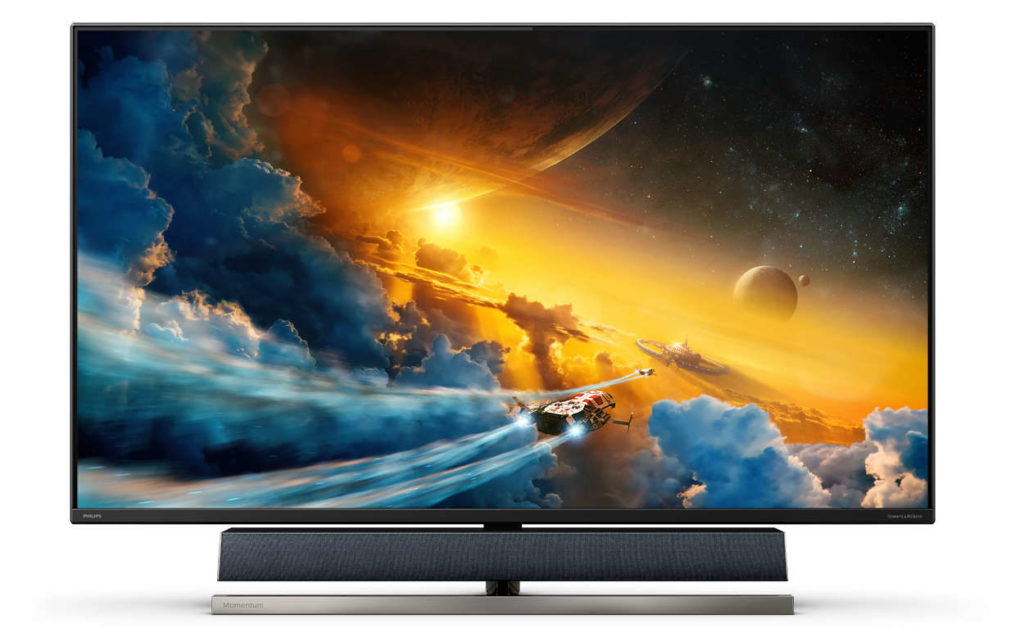
For me, the 55″ model is the one I’m eyeballing when you consider next-gen gaming. It offers standout features that will add genuine value to the experience. HDR 1000 offers a major improvement to picture quality if implemented well, and combined with FreeSync Premium Pro will offer picture quality and low latency that TVs struggle to match. The integrated soundbar is the icing on the cake and is something even expensive TVs drop the ball on nowadays.
The 27″ panel also looks superb, but it’s up against a lot of competition in that screen size. We’ll have to wait for a review unit before we can safely say whether it’s worth upgrading to, but given our experience of previous Philips monitors, we’re confident that it’s going to be a great monitor. Whether we can recommend it for next-gen console gaming will all depend on whether HDR performance is up to scratch, as this is a key feature of next-gen consoles.
